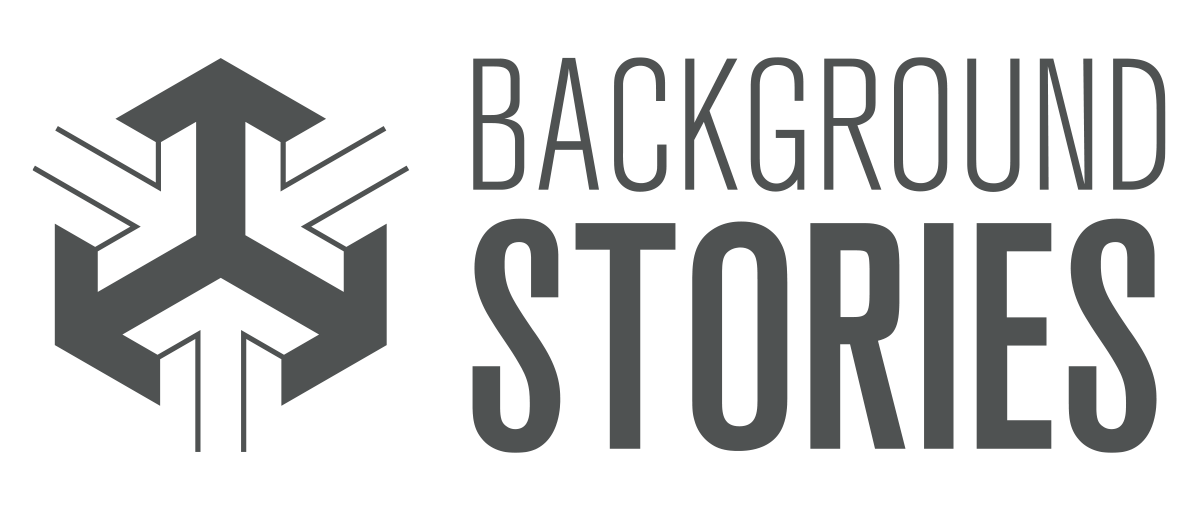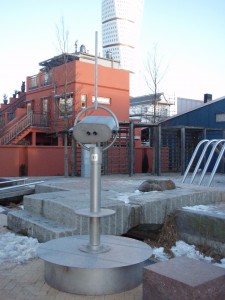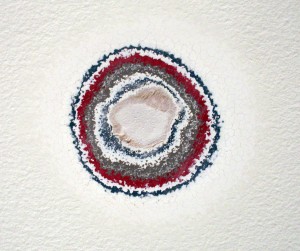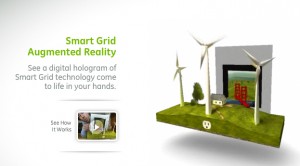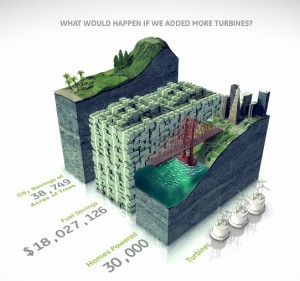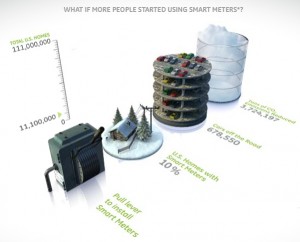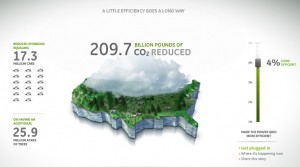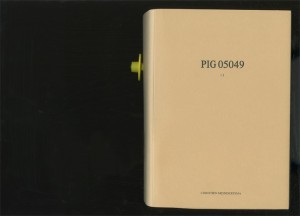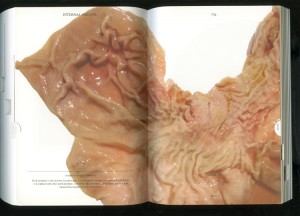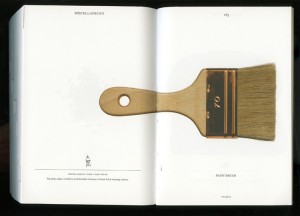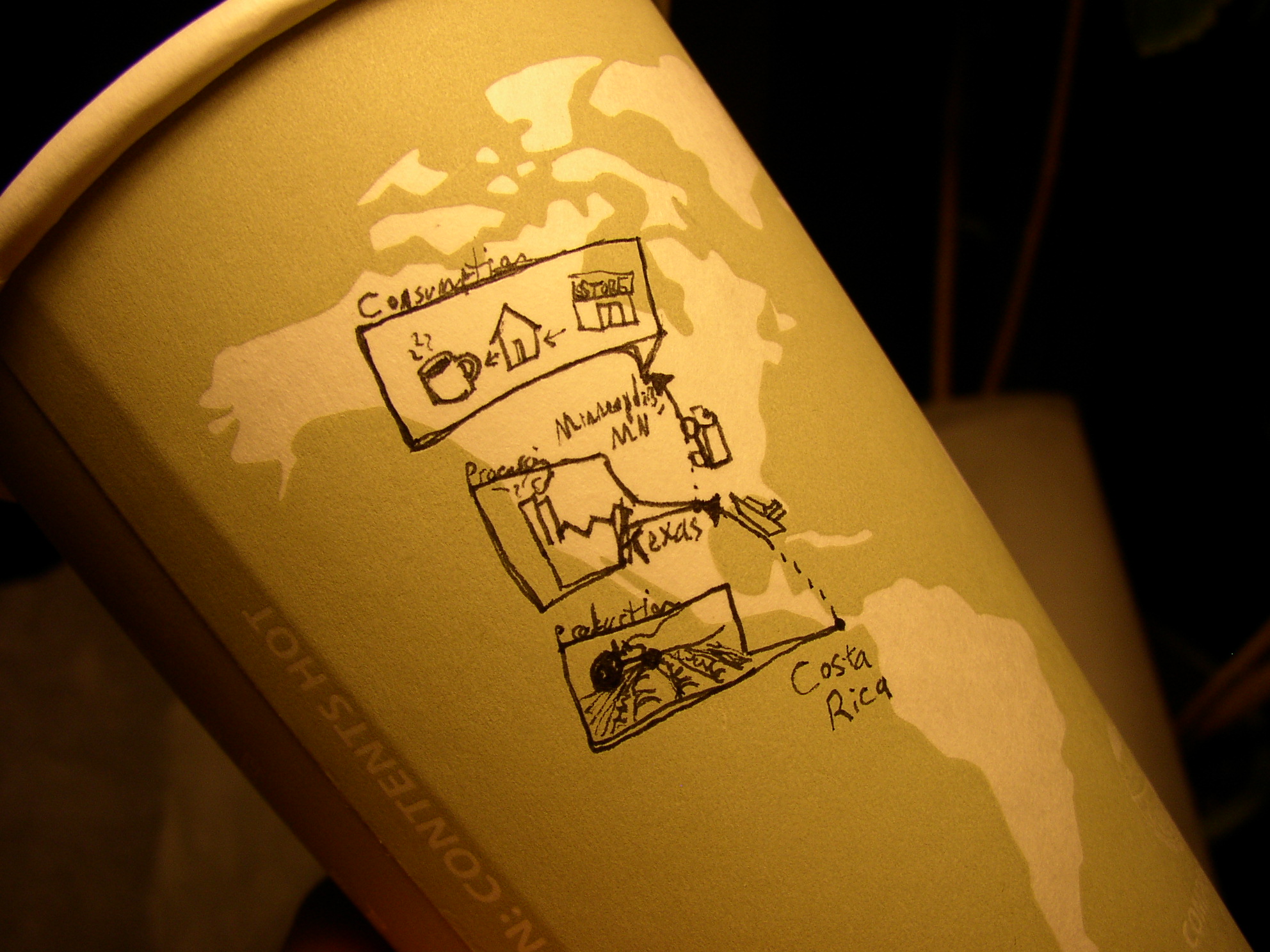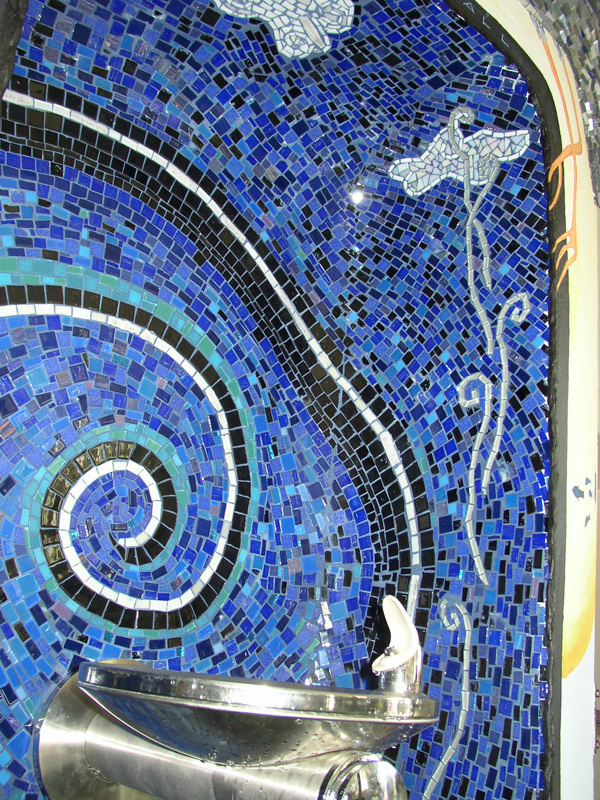Antwerp’s latest museum, the MAS, opened its doors recently: and opened its storage room.
One of the more interesting features (aside from the iconic architecture) of the building is that the storage spaces are publicly viewable. One level of the towering 10-story building houses countless antiquities behind wire cages – It’s a fascinating peek into the behind-the-scenes of a museum’s collection. Transparency communicated through public space: Priceless artifacts are tagged and neatly stacked into impressively small spaces. An interesting contrast to the typical endless white walls of typical public-facing museum spaces.
The transparency of an organization begins with opening its ‘archives’.
